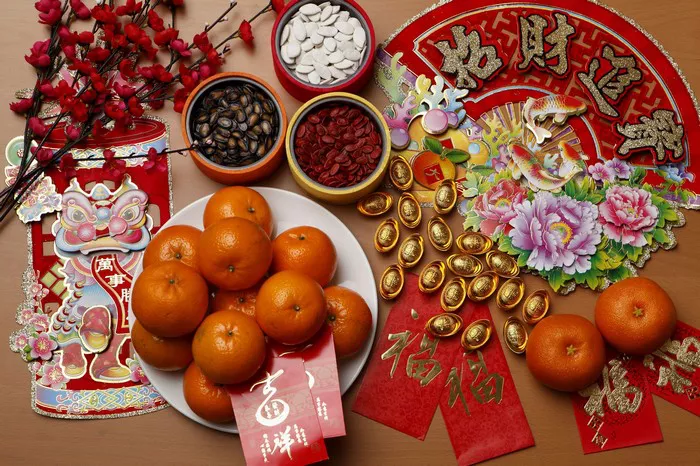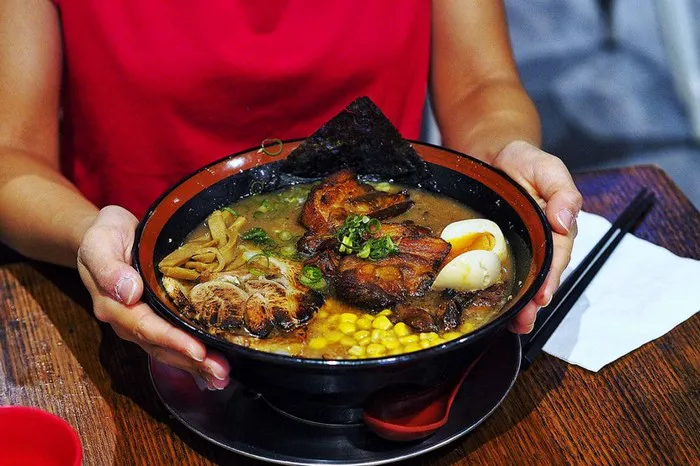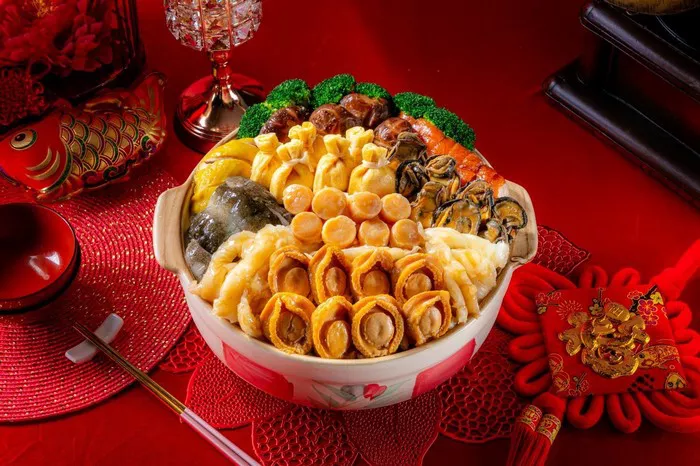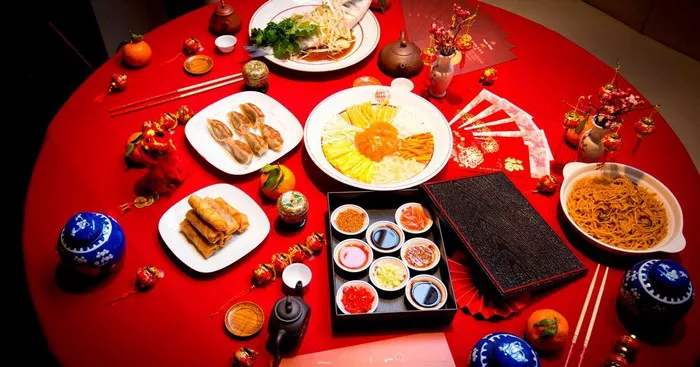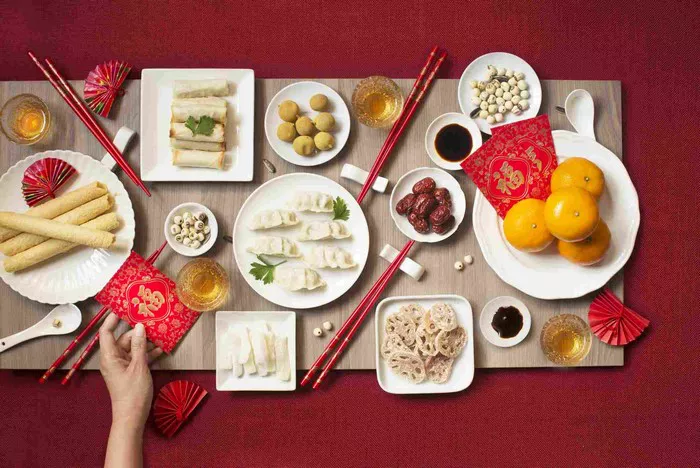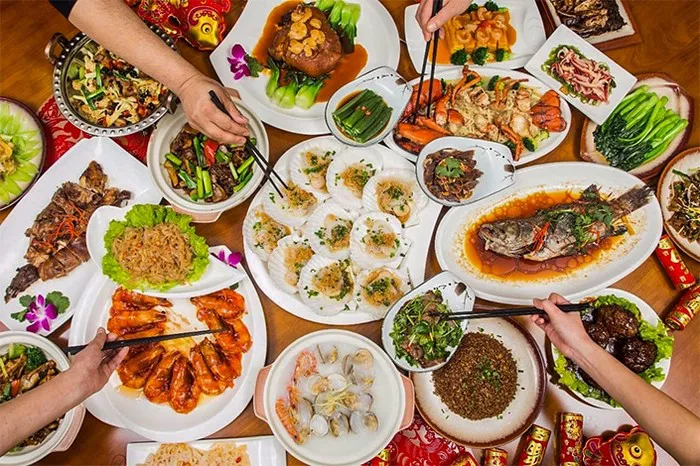Chinese cuisine is celebrated for its rich and diverse flavors, and a crucial element in achieving those tastes lies in the cooking oils used. The choice of oil can significantly impact the overall taste, texture, and aroma of a dish. From stir-fries to deep-fried delicacies, Chinese cooking oils play a pivotal role in bringing out the best in each ingredient. In this article, we will explore the various oils commonly used in Chinese cooking, their unique characteristics, and the dishes they best complement.
1. Soybean Oil
Soybean oil is one of the most common cooking oils used in Chinese cuisine. Its neutral flavor and high smoke point make it ideal for various cooking techniques, including stir-frying, deep-frying, and sautéing. Its ability to withstand high heat without smoking or producing off-flavors makes it a staple in Chinese kitchens. Soybean oil allows the natural flavors of the ingredients to shine while infusing them with a subtle, light, and clean taste.
2. Peanut Oil
Peanut oil, known for its distinct nutty aroma, is another popular oil in Chinese cooking. It is especially favored for stir-frying and deep-frying due to its high smoke point. Peanut oil enhances the flavors of the ingredients and imparts a rich, nutty undertone to the dishes. It is particularly cherished in Sichuan cuisine, where its nutty flavor beautifully complements the bold and spicy dishes of the region.
3. Sesame Oil
Sesame oil is prized for its deep and robust flavor, making it a quintessential ingredient in Chinese cuisine. It comes in two varieties: dark and light. Dark sesame oil, made from toasted sesame seeds, has a more intense flavor and is used sparingly to add a finishing touch to dishes. Light sesame oil, on the other hand, is made from untoasted sesame seeds and is better suited for stir-frying and sautéing. Both varieties add a distinctive nutty fragrance to the food, elevating the overall taste.
4. Canola Oil
Canola oil, with its light texture and mild taste, is a versatile oil commonly used in Chinese cooking. It is an excellent substitute for soybean oil or peanut oil when a more neutral flavor profile is desired. Canola oil’s high smoke point allows for high-heat cooking methods without imparting any unwanted taste. Its versatility makes it suitable for a wide range of Chinese dishes, from simple stir-fries to complex braised dishes.
5. Vegetable Oil
In Chinese cuisine, the term “vegetable oil” typically refers to a blend of various plant-based oils, such as soybean oil, canola oil, corn oil, or sunflower oil. These oils are often combined to achieve a balanced flavor and a higher smoke point suitable for frying and stir-frying. Vegetable oil is a convenient and cost-effective option widely used in many Chinese households and restaurants.
6. Corn Oil
Corn oil, extracted from corn kernels, is a popular oil in Chinese cooking due to its mild flavor and high smoke point. It is commonly used for deep-frying and pan-frying, as it imparts minimal taste to the food while allowing it to achieve a crispy texture. Corn oil’s ability to withstand high temperatures without breaking down makes it an ideal choice for frying spring rolls, dumplings, and other crispy delights.
7. Chili Oil
Chili oil is not only an essential condiment in Chinese cuisine but also a flavorful oil used in cooking. Made by infusing hot chili peppers with oil, it adds a fiery and spicy kick to various dishes. Chili oil is a key ingredient in Sichuan cuisine, where it enhances the heat and numbing sensation of dishes like Kung Pao Chicken and Mapo Tofu. A few drops of chili oil can transform a mild dish into a bold and vibrant culinary experience.
8. Hot Chili Sesame Oil
Hot chili sesame oil is a delightful fusion of two beloved flavors: the spiciness of chili peppers and the nuttiness of sesame oil. This aromatic oil is commonly used as a finishing touch in noodle dishes, soups, and dipping sauces. It elevates the overall taste and adds a delightful layer of heat and richness to the food.
9. Lard
Though less common in modern Chinese cooking, lard has a long history as a traditional cooking fat. In some regional cuisines, especially in Cantonese dishes, lard is still used to add a distinctive richness and depth of flavor. However, due to health considerations, many cooks have switched to healthier vegetable-based oils in their recipes.
10. Perilla Oil
Perilla oil, derived from the seeds of the perilla plant, is less widely known but highly valued for its unique flavor. In Chinese cuisine, it is more commonly used in certain regional dishes, such as those from Jiangsu and Zhejiang provinces. The oil’s distinctive taste is nutty with a hint of mint, providing a refreshing and aromatic element to the food.
11. Ginger-Infused Oil
Ginger-infused oil is a fragrant and versatile oil that adds a touch of warmth to Chinese dishes. It is made by infusing fresh ginger slices with vegetable oil over low heat. This infused oil is often used to enhance the flavor of stir-fries, noodle dishes, and soups, creating a delicious fusion of tastes.
12. Garlic Oil
Garlic oil is another flavorful infusion commonly used in Chinese cooking. It is made by gently heating garlic cloves in oil until they become golden and fragrant. The resulting oil is then used to add a delightful garlic aroma to stir-fries, vegetable dishes, and sauces.
13. Five-Spice Oil
Five-spice oil is a fragrant and aromatic oil infused with the traditional Chinese five-spice blend, which includes star anise, cloves, Chinese cinnamon (or cassia), Sichuan peppercorns, and fennel seeds. This infused oil adds depth and complexity to various dishes, such as braised meats, noodles, and stir-fries.
14. Green Onion Oil
Green onion oil, also known as scallion oil, is a simple yet delightful infusion used to flavor a wide range of Chinese dishes. It is made by heating chopped green onions in oil until they become crispy and golden. This aromatic oil is often drizzled over dumplings, steamed buns, noodles, and porridge, adding a burst of fresh onion flavor.
Conclusion
Chinese cooking oils are as diverse as the cuisine itself, with each oil bringing its unique flavor and characteristics to the dishes. From the neutral and versatile soybean and canola oils to the aromatic and bold sesame and peanut oils, each oil plays a vital role in shaping the taste and texture of Chinese cuisine. As you explore the world of Chinese cooking, consider experimenting with different oils to discover the perfect balance of flavors that will delight your palate and elevate your culinary creations. Remember, the choice of oil can make all the difference in creating a delectable and authentic Chinese dining experience. Happy cooking and savor the flavors of Chinese cuisine!

